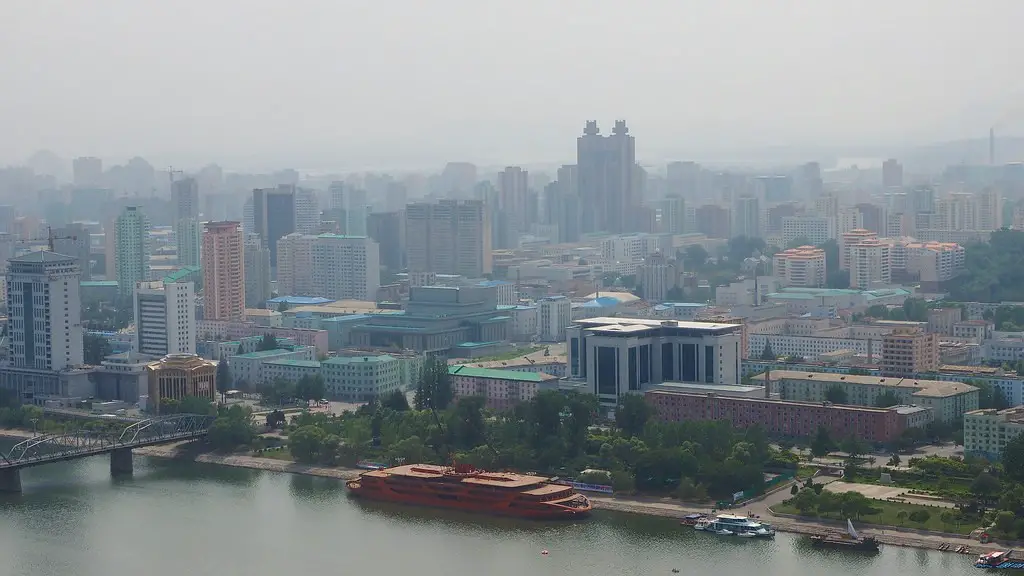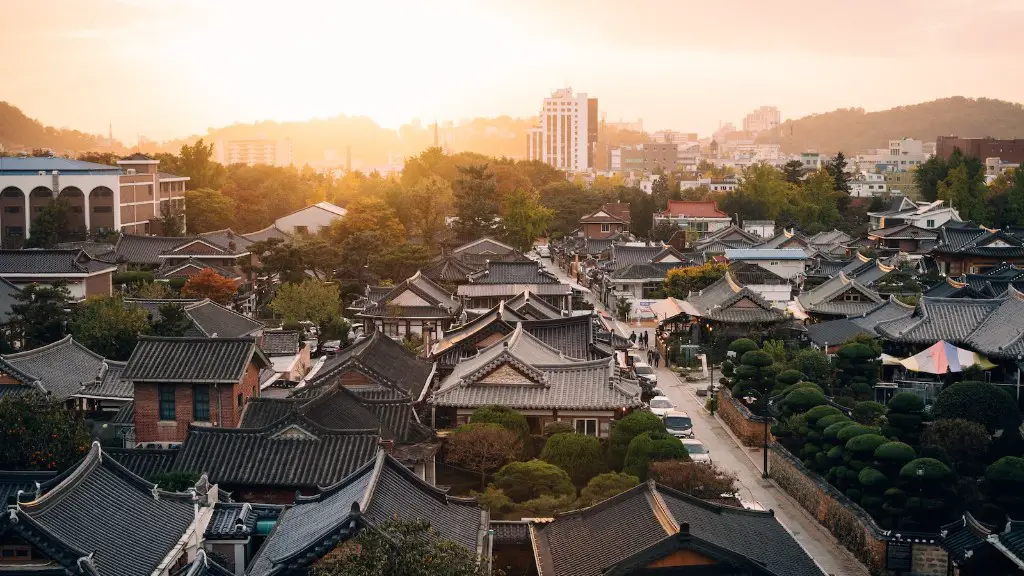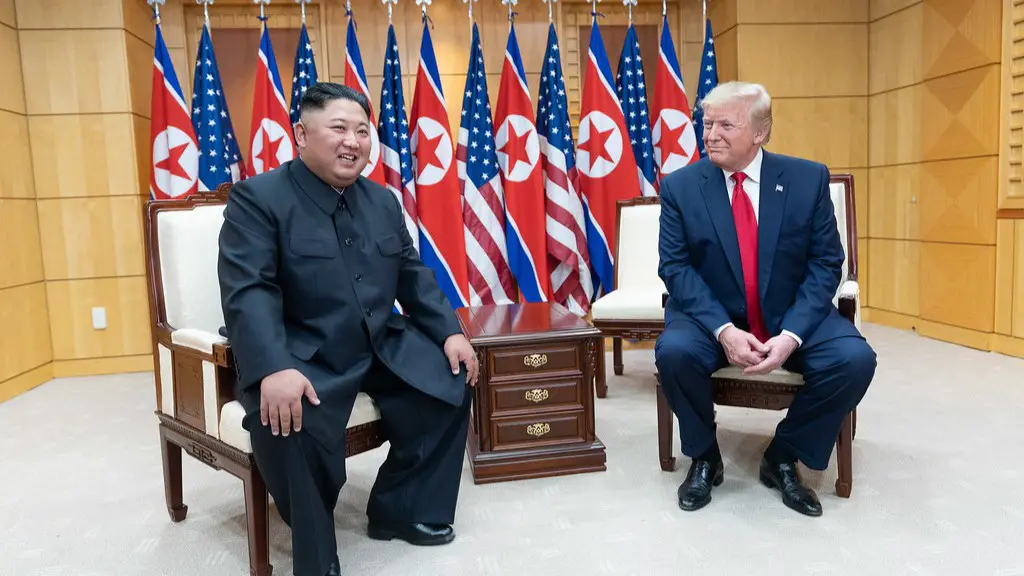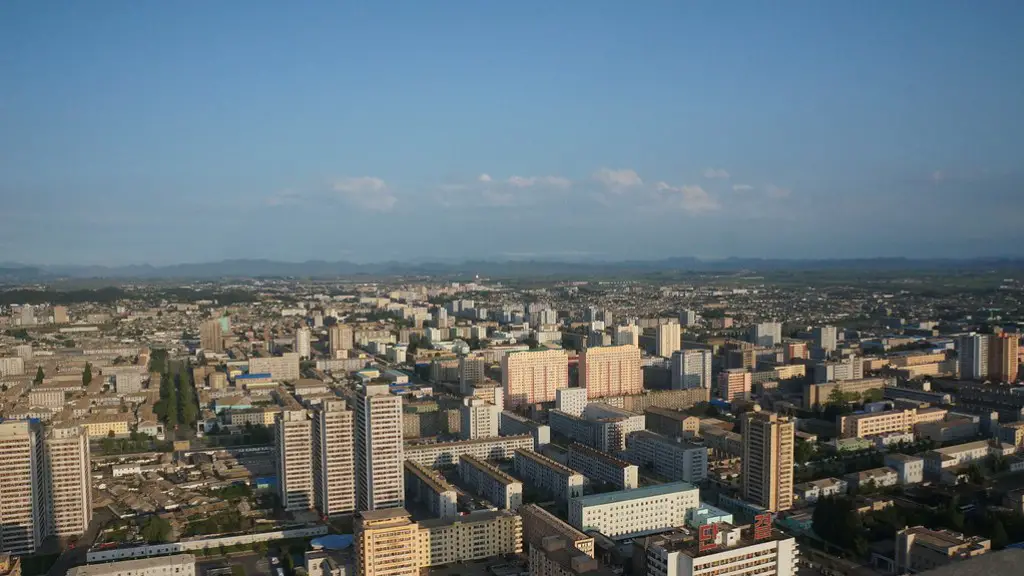How Many Privately Owned Vehicles Are There In North Korea
North Korea, officially the Democratic People’s Republic of Korea, is a single-party state and is widely considered to be one of the most repressive, oppressive and militarized countries in the world.The nation is notorious for its secrecy, censorship and extreme government supervision, making it difficult to assess the number of privately owned vehicles within its borders. This article looks into the data surrounding the number of privately owned vehicles in North Korea and provides an in-depth analysis of its implications.
In a 2018 National Geographic article, it was reported that there are around 114,000 privately owned vehicles in North Korea, although the country’s automotive industry is small and limited. Still, with a population of around 25 million, this equates to nearly one vehicle for every 220 people. This total pales in comparison to many other countries around the world; In the United Kingdom approximately 441 vehicles exist per 1000 people and almost 900 cars per 1000 people in the United States.
Non-military traffic is relatively low in North Korea, and most privately owned vehicles are luxury items. The government heavily monitors the automotive industry, forcing citizens to register and certify their vehicles. However, due to the country’s restrictive policies, reliable data around the exact number of privately owned vehicles is hard to come by. In addition, because vehicles are expensive to own and maintain, only a small percent of the population own cars.
The lack of privately owned vehicles in North Korea is often utilised by the government to strengthen its control over the population. By limiting personal transportation options, the country’s citizens are forced to rely entirely on the government-run transportation system, even if it is unreliable and slow.
It is estimated that 2% of the population (approximately half a million people) are members of the elite class, who have access to luxury vehicles. These cars are typically given as gifts from the government and primarily used for public events and ceremonies. The remaining 98% of citizens primarily have access to buses and trains, leaving most people completely reliant on the government for transportation.
In addition, North Korea operates a closed-door financial system that prevents non-locals from bringing in foreign currency, making it even more difficult for citizens to purchase and operate private vehicles.These financial regulations are indicative of the government’s desire to prevent foreign influence from entering the country. Consequently, most people in North Korea are unable to buy or maintain vehicles, further reducing the number of privately owned cars in the nation.
Investment in Infrastructure
Various reports have suggested that the North Korean government has been investing heavily in its infrastructure, including roads, bridges and other transportation-related projects. This could potentially lead to an increased number of privately-owned vehicles in the future, as the infrastructure is improved and more citizens become able to purchase vehicles. That said, the regime has not invested in the automotive industry, meaning the country’s citizens still face many challenges when it comes to ownership and use of motor vehicles.
Additionally, North Korea’s focus on military development often limits the amount of available resources for such projects. This could further affect the nation’s ability to develop its automotive industry, consequently depressing the number of privately-owned vehicles. As a result, any progress towards increasing the number of privately owned vehicles in North Korea is likely to be slow and limited.
Much of North Korea’s population is unable to afford the luxury vehicles that are available and cannot access imported vehicles due to the closed-door financial system. As a result, crude, antiquated cars and buses remain commonplace, leaving the country’s citizens highly reliant on the government-run transportation system.
Nuclear Weapons and Sanction Implications
North Korea has also historically received a large amount of international media attention due to its nuclear weapons program and aggressive foreign policy. As a result, multiple economic sanctions have been imposed upon the nation by the United Nations and numerous foreign countries. These sanctions have had a significantly detrimental effect on the North Korean economy and have further limited the number of privately owned vehicles in the country.
In addition, international monetary aid from foreign countries has been limited due to North Korea’s controversial policies. If the country wants to increase its number of privately owned vehicles, it needs to create foreign relations with other countries so that it can receive more foreign aid. Until that happens, the number of privately owned vehicles in the nation will likely stay at a consistent level.
Conclusion
North Korea has a small and limited automotive industry, with an estimated 114,000 privately owned vehicles serving a population of nearly 25 million people.The lack of privately owned vehicles is due in part to the country’s restrictive policies, closed-door financial system, and sanctions imposed by the United Nations and foreign countries. The government has invested heavily in infrastructure, however, and could potentially foster an increase in the number of privately owned vehicles in the future. In the meantime, the nation’s citizens are highly reliant on the government-run transportation system.



